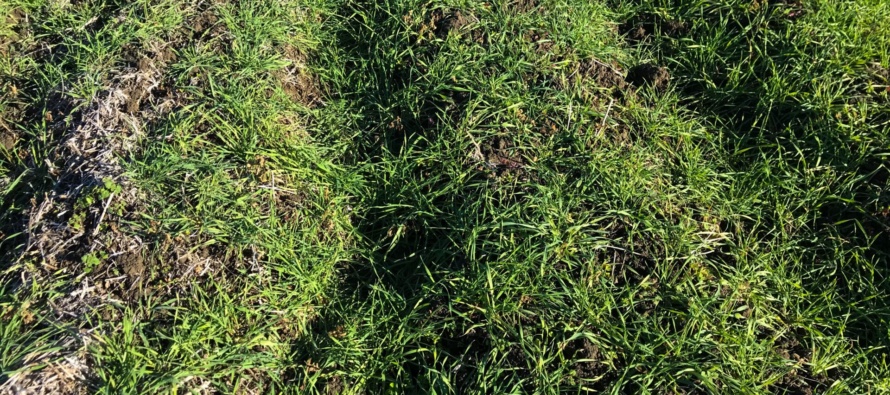Cover Crop Planting Methods and Seeding Rates

Related Articles
- Flag The Technology 0
- Exemption granted for Corn Seed Bird Repellent 0
- Peanut Varieties in Short Supply 0
Latest Tweets
Cover crops can be seeded in agricultural fields using various methods commonly used to plant small grains or forages. These methods commonly range from using a grain drill, to various methods of broadcasting seed. Utilizing a drill offers more precision than other planting methods as well as the ability to cover with soil and place seed in direct contact with moisture. However, not everyone has a drill, and there are some complications which may limit advantages of using a drill to plant cover crops. On the other hand, broadcast seeding is an efficient and generally more common method to seed cover crops in agricultural fields in Mississippi.
Row crops are commonly grown on raised beds in the Midsouth to alleviate detrimental effects of soil saturation and often facilitate supplemental irrigation. Raised beds are created using tillage in the fall and lay undisturbed over the winter to facilitate spring planting and improve drainage. This is a critical component of stale seedbed systems which promote early planting and improve row crop productivity. The asymmetrical soil surface of raised beds makes it difficult for a drill to maintain uniform seeding depth in this system. However, drills do offer an opportunity to manipulate the lateral placement of seed rows. Alternatively, broadcast seeding is a practical seeding method for raised bed systems.
Cover crops normally consist of a mixture of cereal grain species, legumes and brassicas, which may differ dramatically in seed size and emergence capability. Therefore, there must be some adaptation to establish various species. Small seeded legumes are suited to emerge from very shallow soil depth (less than ¼-inch depth), while the optimum seeding depth for cereals is considerably deeper (1-inch). Accordingly, a grain drill’s objective of placing cereal grain seed at a moderate depth may confound emergence success of clovers by placing them too deep. Therefore, broadcast seeding is a viable compromise which can produce successful emergence of cover crop blends.
Broadcast seeding on freshly tilled soil enhances seed to soil contact and typically produces successful cover crop establishment. Of course, seed germination depends on sufficient fall rainfall, but our high rainfall climate is generally conducive to establishment. Hard-packed soil or no tillage systems will likely limit seed to soil contact and make germination more reliant upon ample rainfall and moist soil. For instance, using a bedder-roller which packs beds or receiving a hard, compacting rain prior to seeding will likely limit cover crop establishment.
The purpose of cover crops is to provide sufficient soil coverage to provide protection and generate beneficial plant biomass during a period during a fallow period. Thus, typical cover crop seeding rates are considerably more modest than normal for grain or forage production. Furthermore, high seeding rates increase expense of cover crops, which reduces profitability. Since cover crops are usually comprised of a blend of cereals and legumes, seeding rates of each species are normally reduced at least 50% compared to a standard monoculture rate.





Thanks for this info. Love the chart.